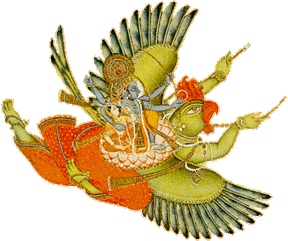Author: Sanjay Rath
Bhāveśa-II (Bhuva Loka)
The four houses related to bhuva loka (intermediate plane – solar system) are the Suta (5th) meaning progeny, Śatru (6th), Dārā (7th) and Mṛtyu (8th). Learn the meanings of these words well else you can never really understand the meaning of these houses. It is important to learn the principles involved in judging house results when the lord of a house is placed in any bhāva. The bhāveśa (lord of bhāva) is the real kartā (doer) for that bhāva (house). If it is well placed from (a) lagna as well as (b) that bhāva, it generally, augers good
Bhāveśa-I (Bhu Loka)
The four houses related to bhū loka (earth plane) are the Lagna (1st), Dhana (2nd), Sahaja (3rd) and Sukha (4th). Learn the meanings of these words well else you can never really understand the meaning of these houses. It is important to learn the principles involved in judging house results when the lord of a house is placed in any bhāva. The bhāveśa (lord of bhāva) is the real kartā (doer) for that bhāva (house). If it is well placed from (a) lagna as well as (b) that bhāva, it generally, augers good results as (a) an experience
Tanu Bhāva: First House
The first house is also called the Lagna in jyotiṣa. It is the sign that is rising at the eastern horizon at a specific time and location on the earth. While it includes the entire sign of the zodiac, a bhāva is composed of nine-pada each measuring 3°20’ (9 × 3°20’ = 30°). This can vary depending on the exact longitude of the lagna. Normally we would define the lagna as occupying a specific point of the zodiac and identify it with a sign, a constellation as well as the specific degree within that constellation. Lagna bhāva or Tanurbhāva












